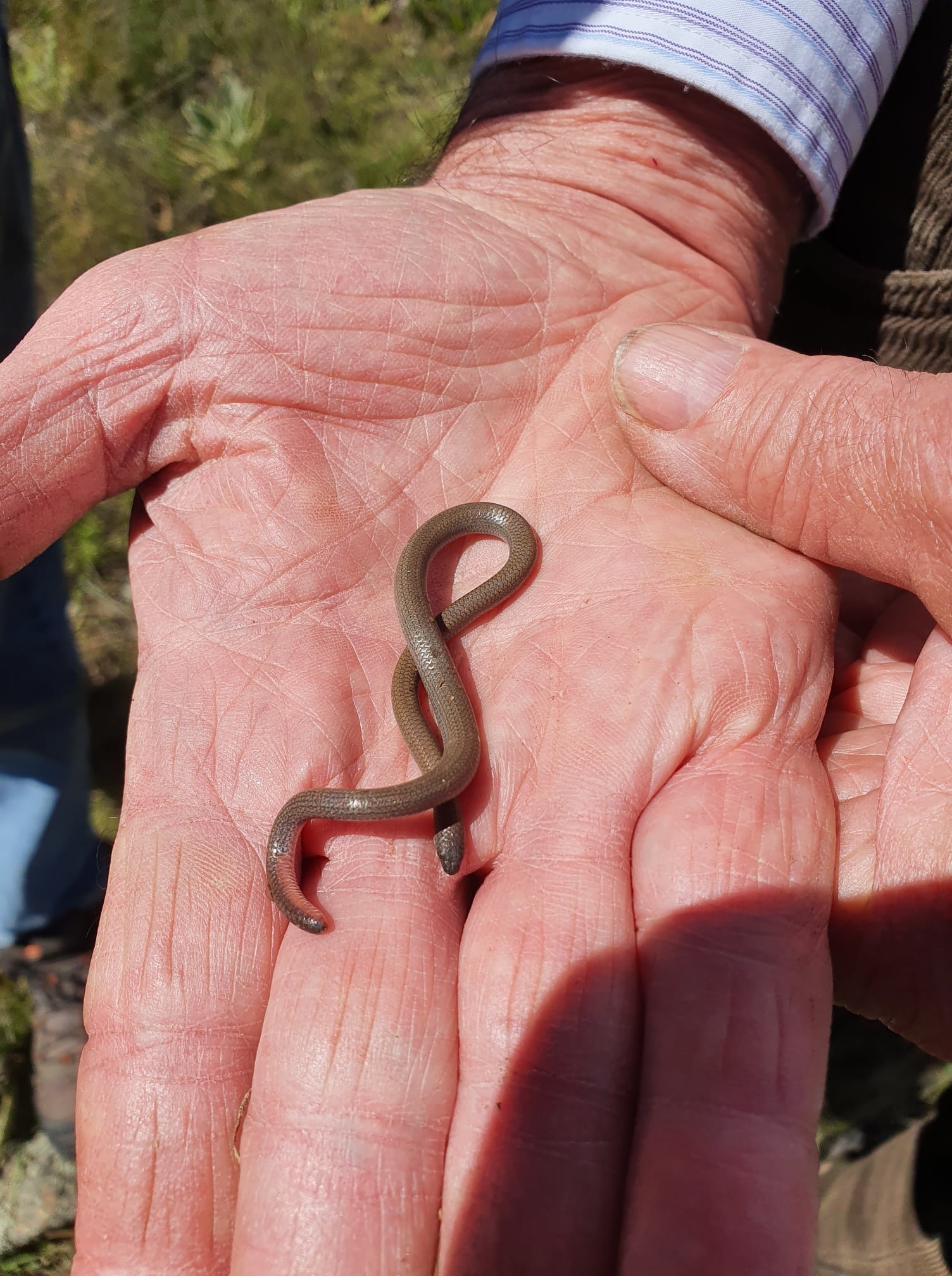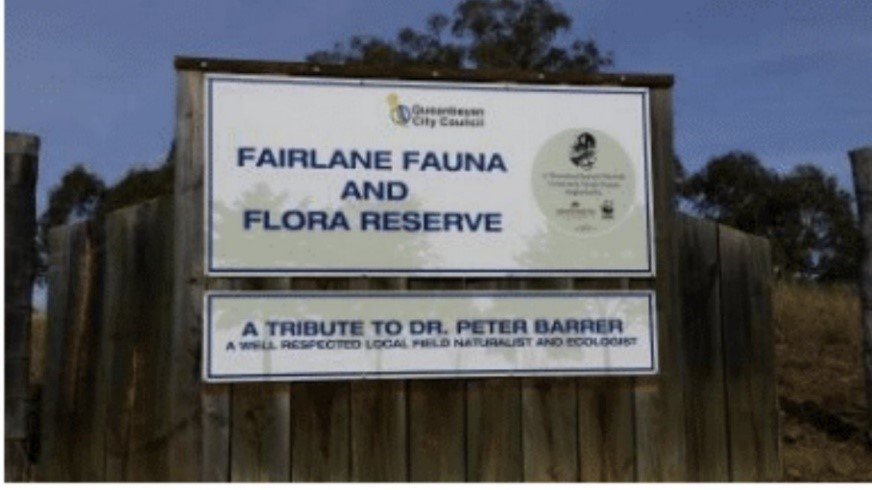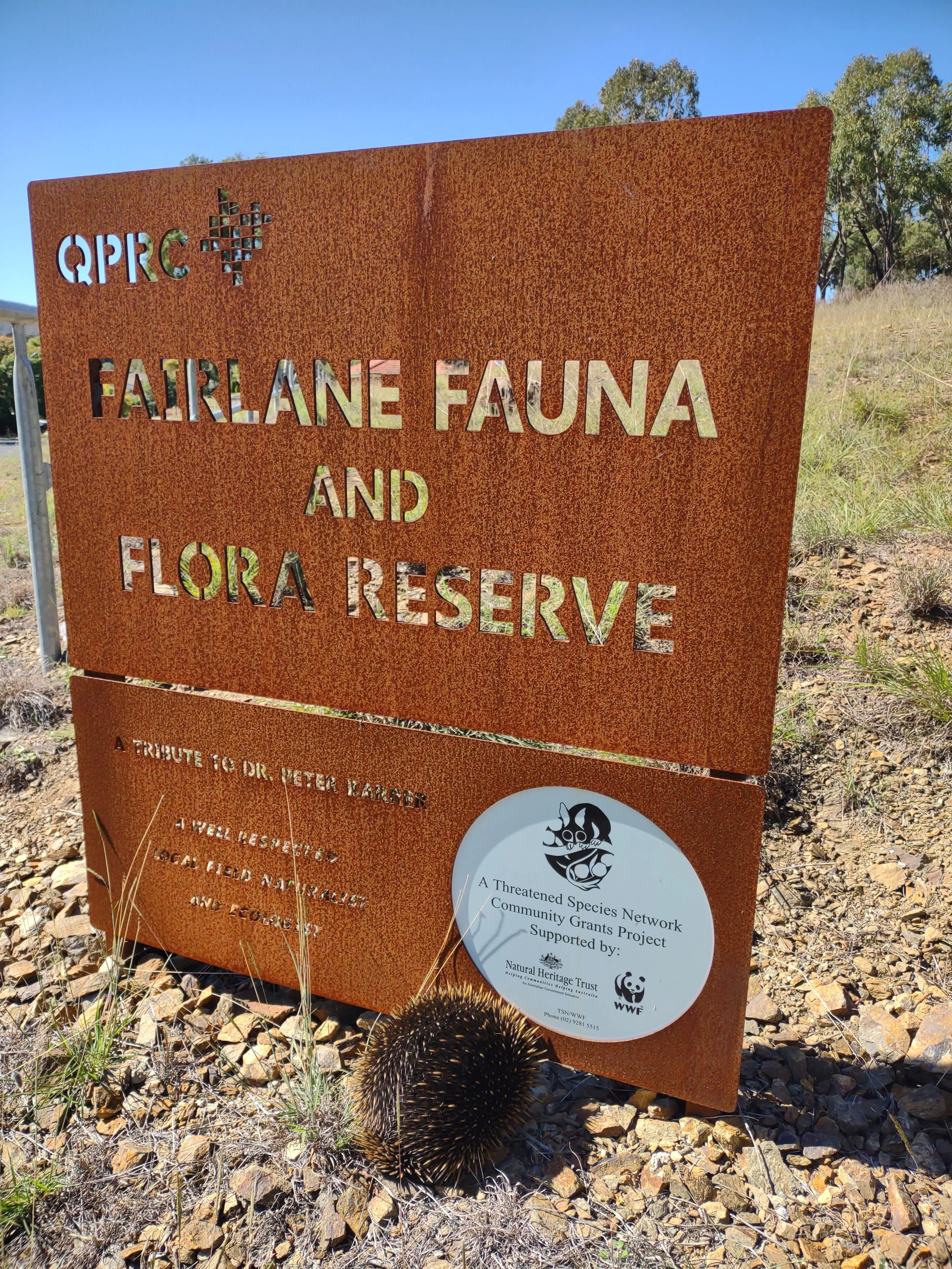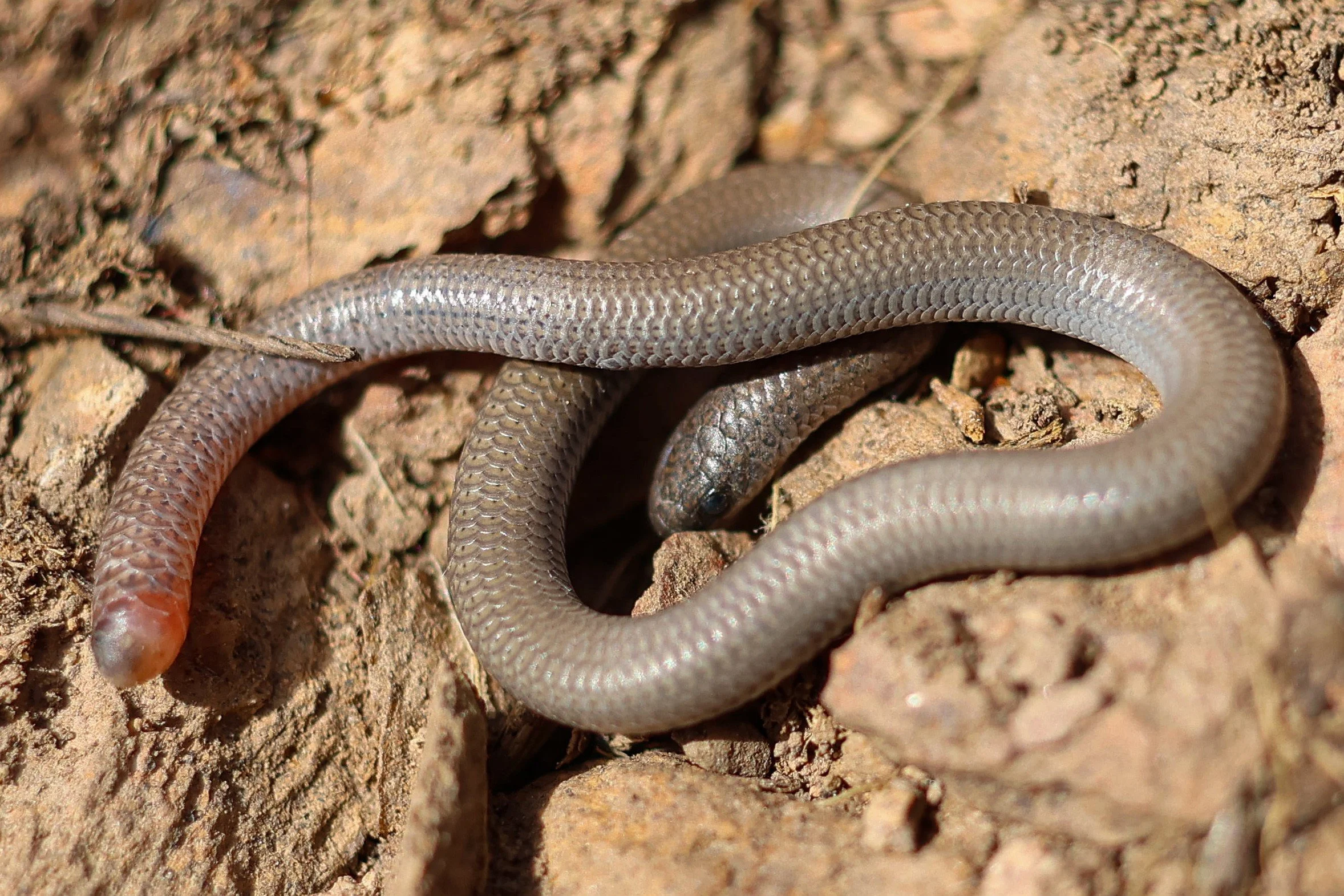
History Project Stories
PINK-TAILED LEGLESS LIZARD
Aprasia Parapulchella Surveys (Pink-tailed Legless Lizard)
A comprehensive flora and fauna survey of Queanbeyan produced by Dr Peter Barrer in 1993 marked the start of Queanbeyan Landcare's ongoing involvement with the pink-tailed Legless Lizard and Fairlane Fauna and Flora Reserve. The report recognized the area as a site of significance for its 'high quality’ habitat and isolated remnant woodland.
This report can be accessed in Box 3 of the 5 Boxes held for Queanbeyan Landcare by the Frank Pangallo Heritage Library. See ‘Resources’ at the end of this story.
In December 1996 Dr Barrer advised the Queanbeyan Landcare Committee of the condition of the site along River Drive. He indicated that it provided habitat for a diverse range of plant and animal species and noted that it supported an isolated population of the Pink-tailed Legless Lizard (Aprasia parapulchella). This species is listed as ‘threatened’ under the NSW Threatened Species Conservation Act (1995) and ‘endangered’ under the equivalent National legislation thus presenting Council with an obligation to manage the land consistent with any Recovery or Threat Abatement Plan.
The area of focus for the Landcare group was on the rocky slope next to River Drive, now known as the Fairlane Flora and Fauna Reserve. The Reserve is just 1.78Ha and is described as an endangered ecological community, unique for its isolated remnant woodland community. It is a rocky knoll in the midst of Fairlane Estate. Initially the site was in private ownership but the landowner, Arthur George indicated he was amenable to protection of the site and transfer to public reserve was sought and achieved.
In November 1997, prior to the Queanbeyan Landcare monthly meeting, an inspection of the site (identified at this time in the Minutes as Barracks Flat Creek and marked on the map as the current Fairland Flora and Fauna Reserve) occurred.
Meagan Cousins and Tom Baker sought funding for Queanbeyan Landcare to ensure the long-term survival of the Legless Lizard at this site. The grant application indicates that the main objectives were to prepare a Plan of Management specifically for the Lizard and to protect, maintain and increase the lizard population. Other objectives include increasing and encourage community ownership and implementation of a monitoring program.
An inventory of the flora and fauna was planned for July 1998 and Queanbeyan Landcare received a grant from the Environment Protection Authority to conduct this.
By May 1999, the draft POM for the Pink-tailed Legless Lizard, prepared by Lynn Bain, Isobel Crawford and Alison Rowell of National Environmental Consulting Services (NECS) had been tabled and was presented to Queanbeyan City Council on World Environment Day 5 June 1999 by Phil Selmes (the President of Queanbeyan Landcare at the time).
The rocky outcrop of the subject site abuts a public reserve which by contrast is a grassed floodplain with substantially altered vegetation. The issue of compatibility of management for protection of a threatened species with the Plan of Management for the Barracks Flat Reserve was considered in the POM for the Lizard.
By June 2002 the Bushland Team was conducting trials of weed control methods that could be used in the Reserve (in accordance with the Management Plan for the Aprasia no spraying was to be undertaken in the main habitat area). Issues around fencing and signage options were also discussed with Council and NSW National Parks. Although some vandalism of the site had occurred the group looked to recruiting residents to conduct surveys and act as guardians. There was also a discussion on the conflict between advertising the project to gain community involvement and at the same time minimizing site intrusion to protect the Aprasia.
In October 2002, Dr Sandie Jones presented a paper detailing survey guidelines and delivered workshops in surveying and monitoring Aprasia for Landcarers, Council staff and community members. The Fairlane Flora and Fauna brochures were also available at this time and were delivered around the estate by the then existing Bushland Team.
The workshops were a success and the survey afterwards sighted 8 Aprasia.
From then on surveys have been conducted every two years although the original survey technique was adapted in consultation with Dr Jones to streamline the process.
Tom Baker who has been involved with this project since 1993 describes the current survey technique:
‘The technique now utilised by Queanbeyan Landcare is to choose a sunny or partly cloudy morning in mid to late October every second year. The team spreads evenly over the site and moves slowly together in one direction, lifting and replacing shallow, flattish stones and keeping a tally of the stones lifted. When a Pink-tailed Legless Lizard is sighted, all stop and sum the total rocks counted and measure the lizard’s length. The lizard is returned and the rock replaced. The survey resumes until a satisfactory number of lizards (or skins) have been recorded. In some years, unfortunately, the survey teams also have had to replace rocks which have been disturbed by other parties. The occasional small snake and Burtons Legless Lizard have also turned up.’
Results from the surveys have been retained since the Management Plan was implemented. It is understood that this is the most consistently surveyed Aprasia site in the region.
Tom mentions that there is a lot that can be done at the Fairlane Flora and Fauna Reserve to ensure this remains a site for Aprasia. He noted that the vegetation surveys that were discontinued after 2005 could be restarted, that the fencing requested many years ago along Barracks Flat Creek could occur and boundaries clarified between residents and the reserve. In particular he would like to see the removal of excessive trees and shrubs and control of St Johns Wort and Verbascum.
This image shows an Aprasia sighted in 2021 on a day that was perfect day for spotting. It was Spring day, just before midday, sunny, but not too sunny with a bit of cloud.
Images taken in 2023 (below gallery) show one of the 4 lizards sighted well as several other small creatures.

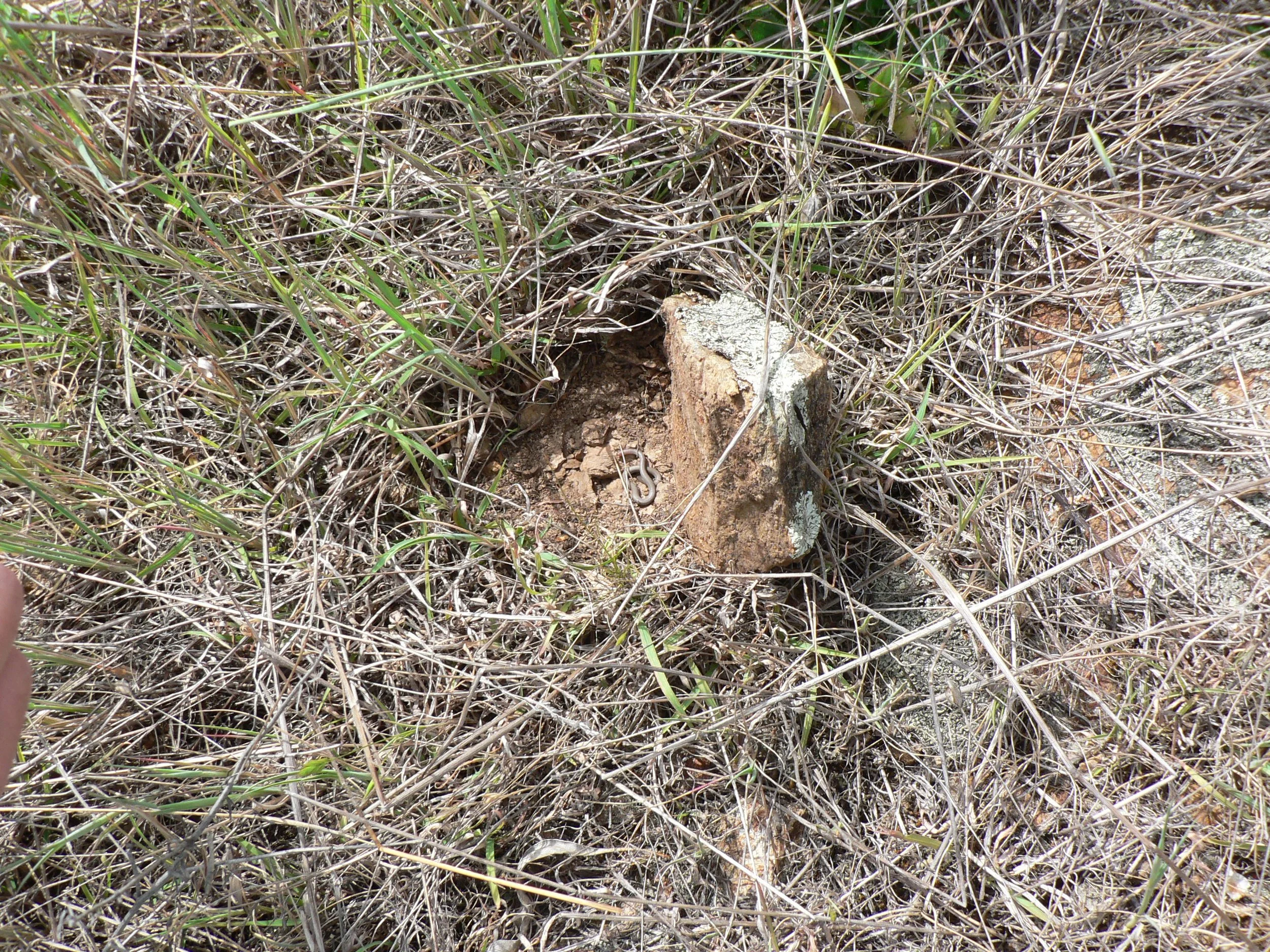
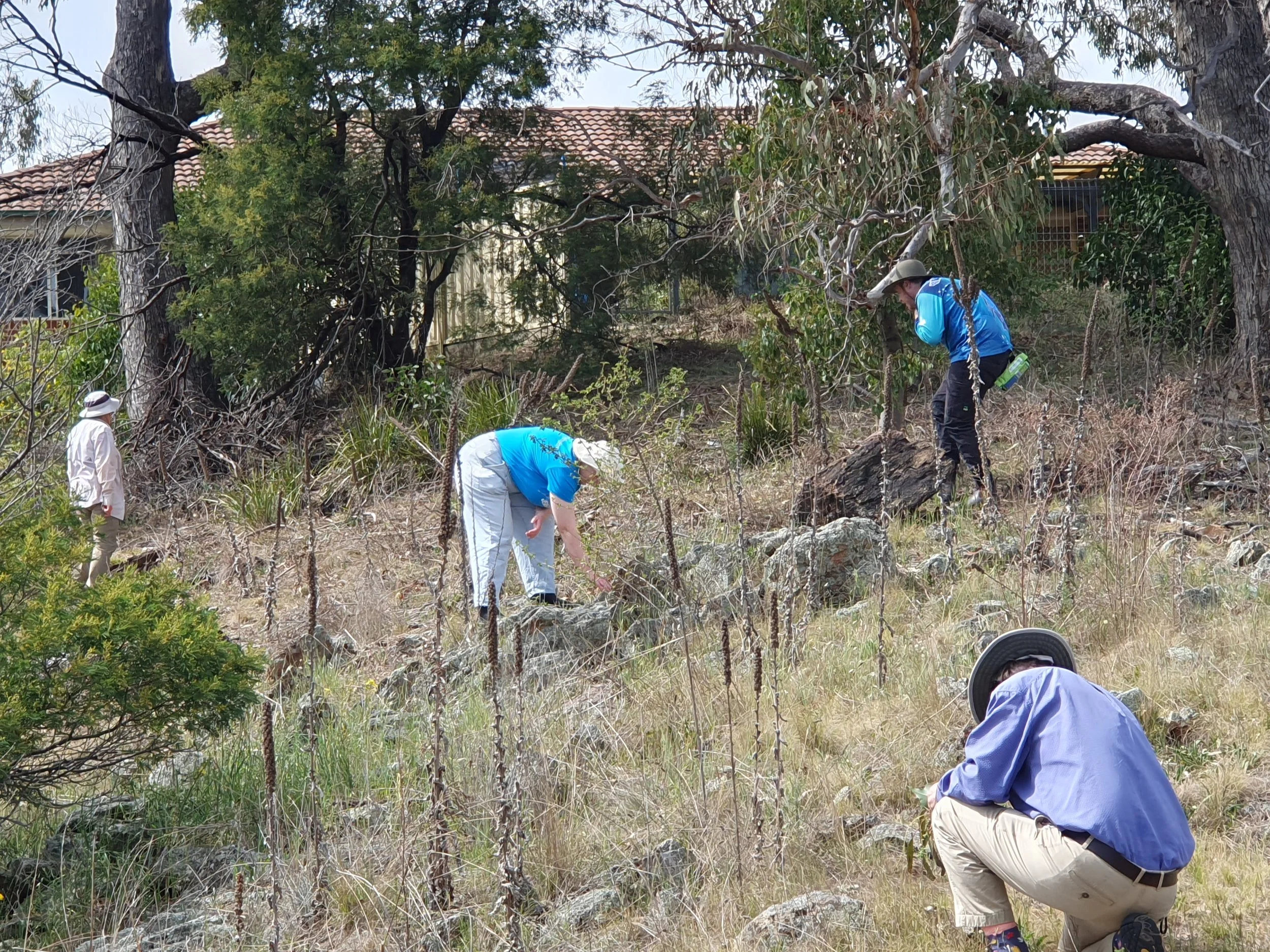
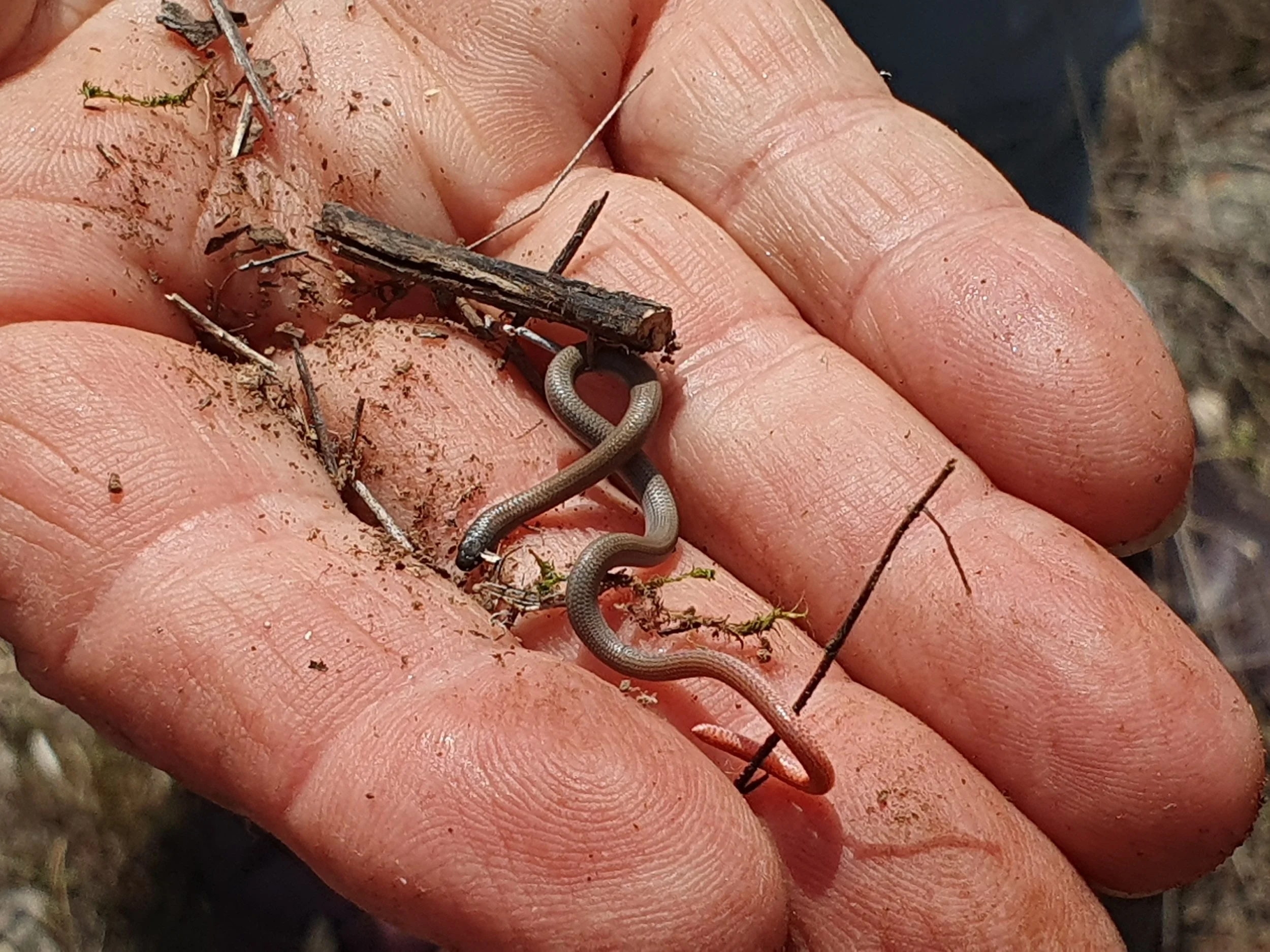


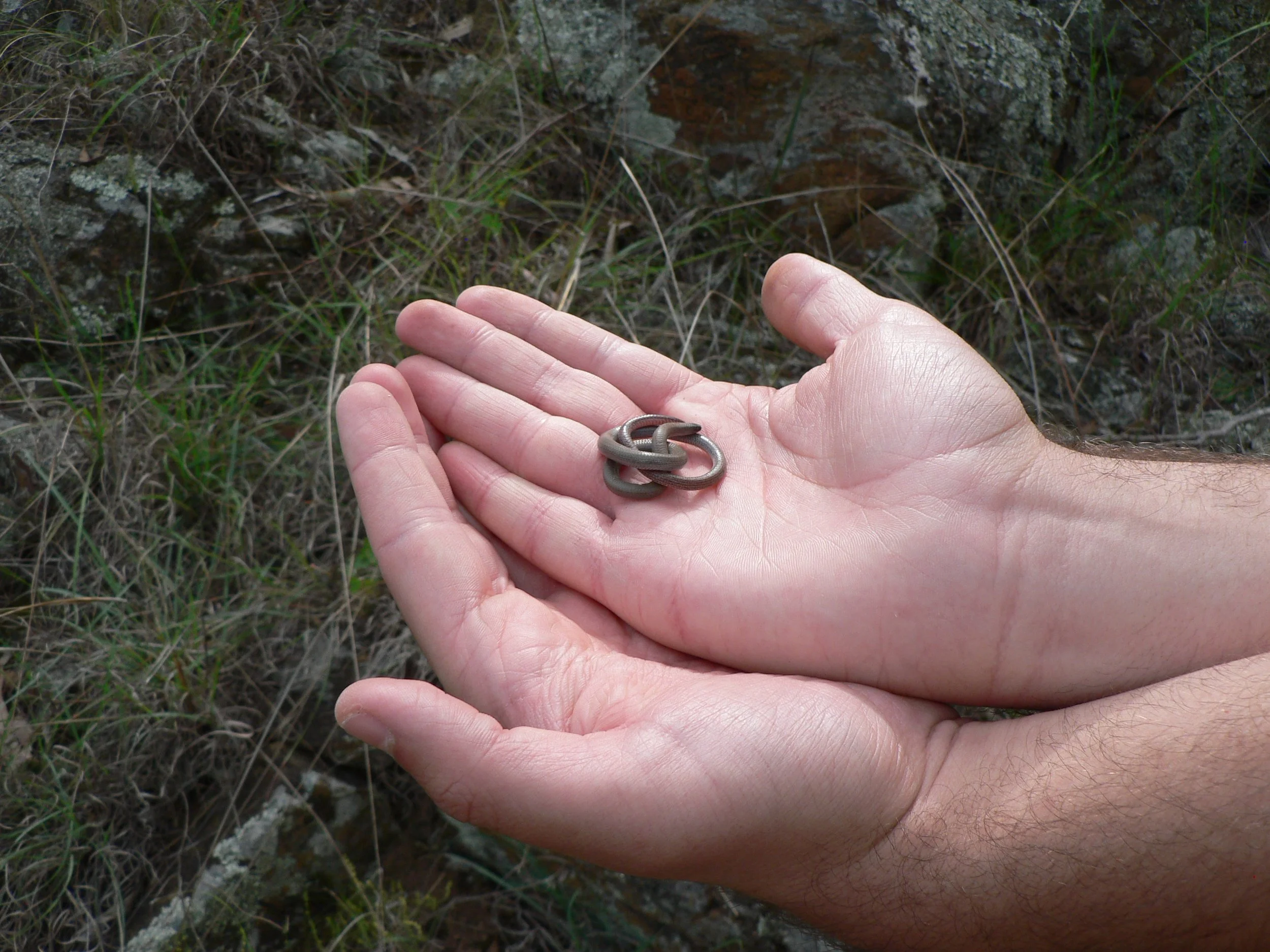
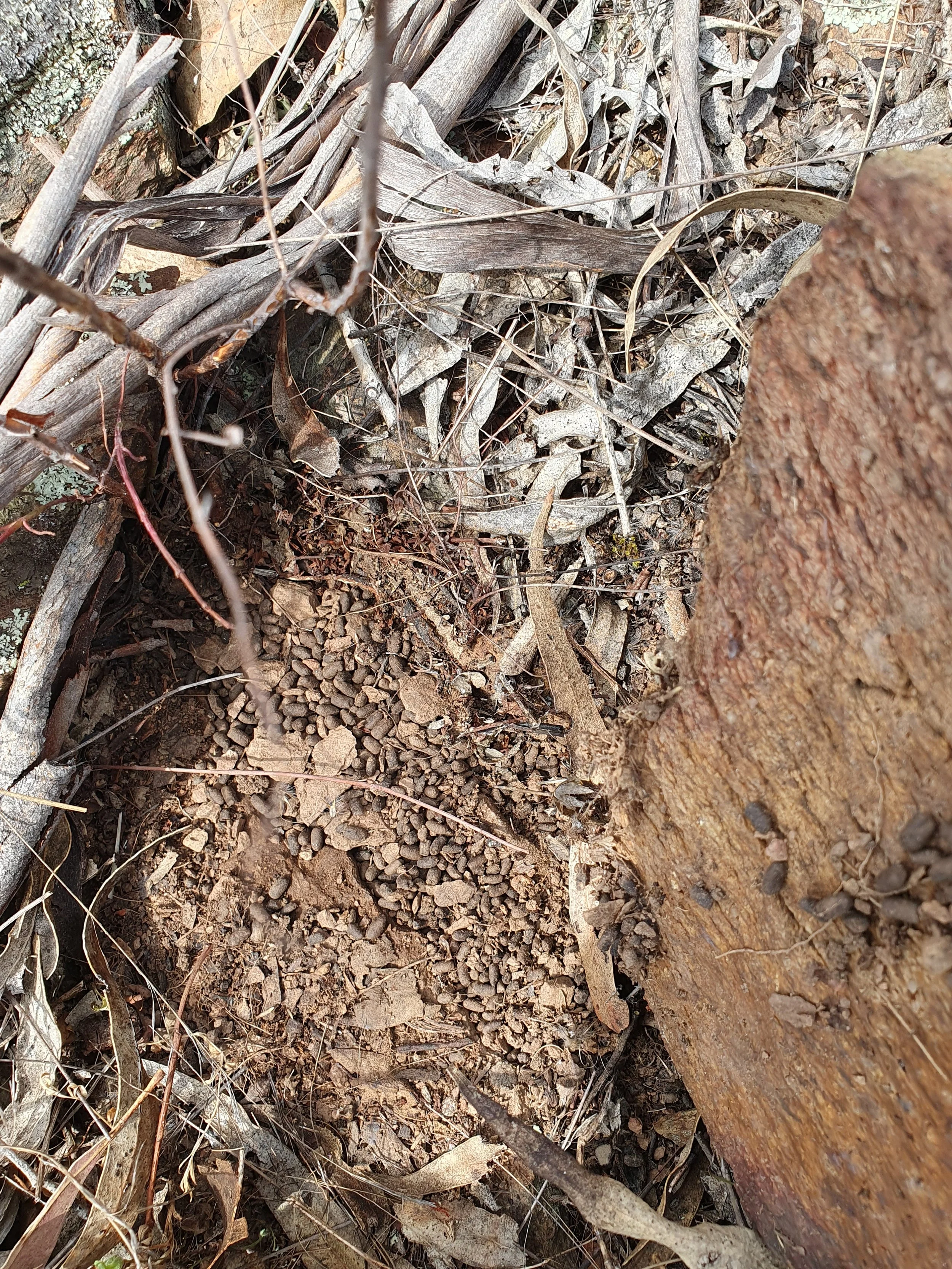
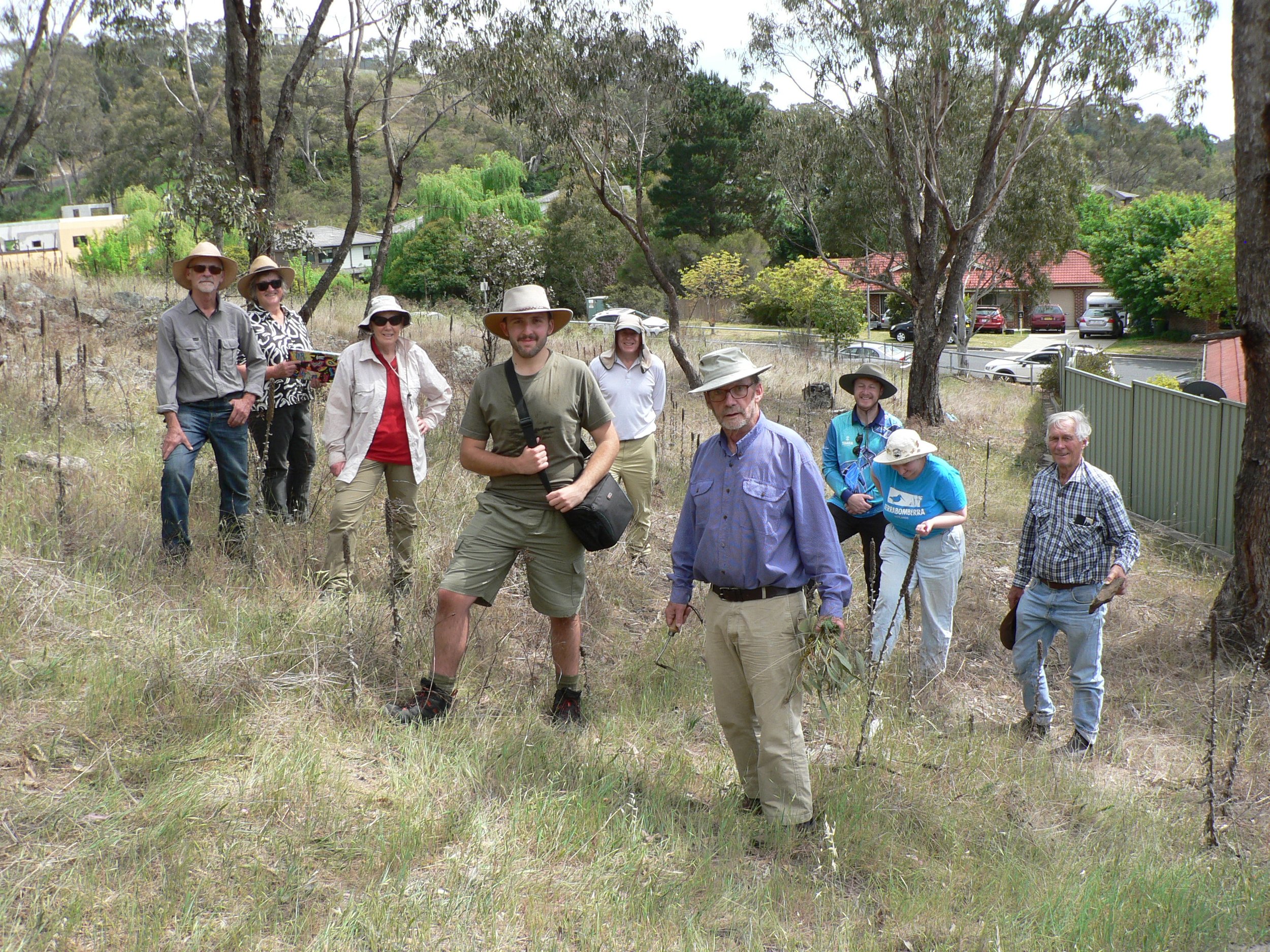
Images from 2025 (below gallery) show the volunteers searching for the lizards and observing the birds in the nearby trees. As well as a disappointing lizard count, we observed many weeds including privet and St John’s Wort. The St John’s Wort was covered in many small black, shiny beetles. The beetle called the Chrysolina Beetle were released in Australia to control the weed but had little impact. A piece written a few years ago by our current president Ian Johnsson indicates why. Sadly, a rather large bag of litter was collected. Happily, the Bulbine Lilies were out in all their glory.
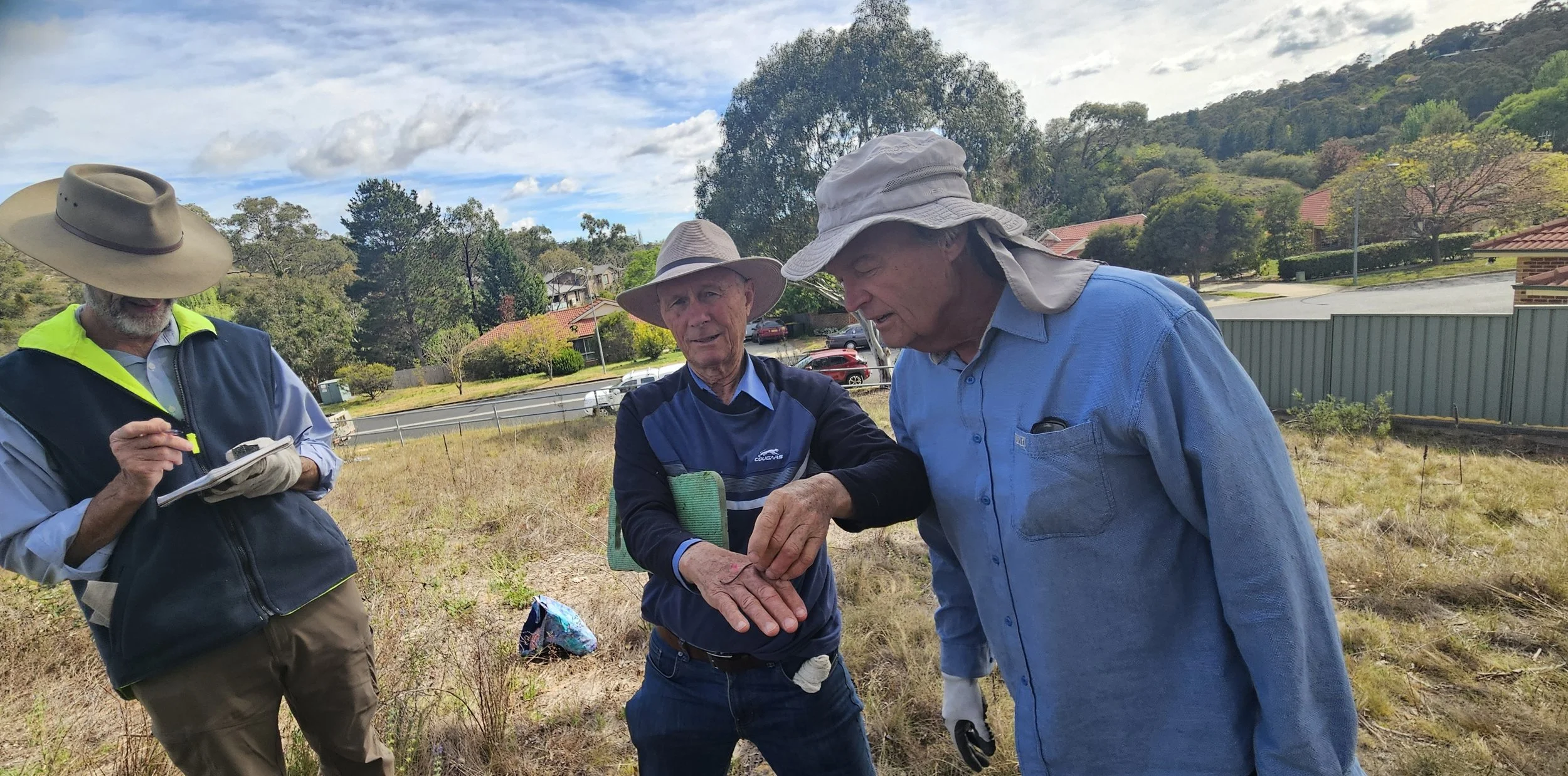
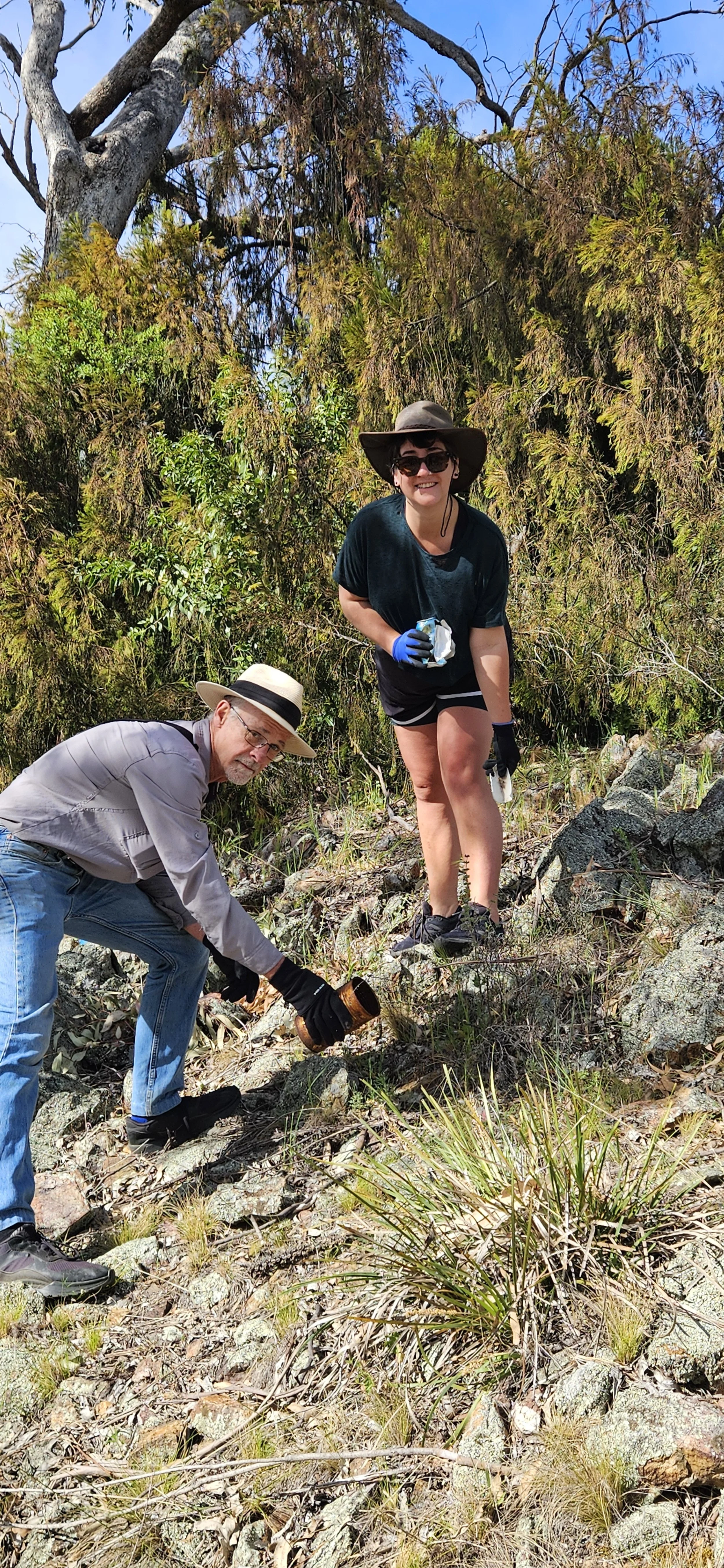
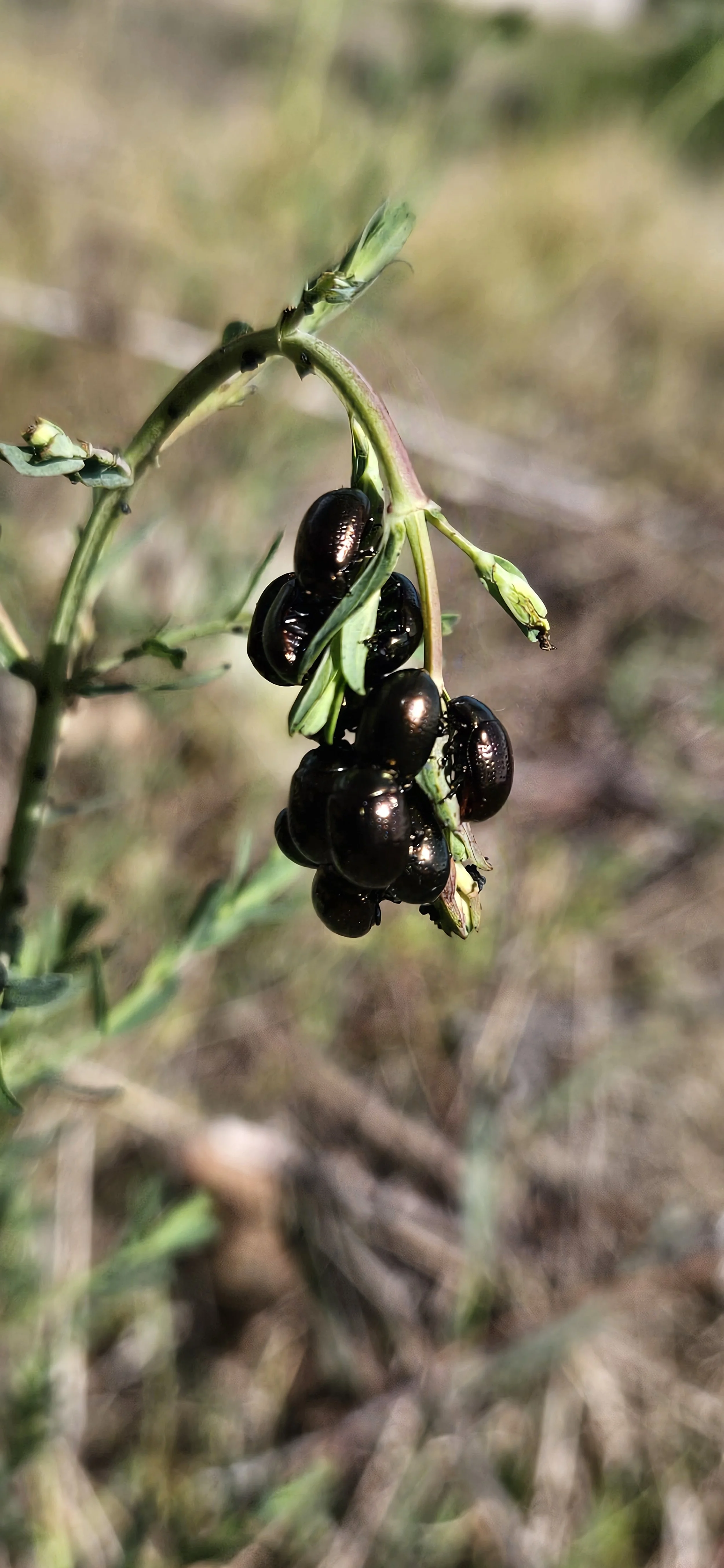


RESOURCES
A comprehensive collection of the papers and reports used to create this story detailed below and can be accessed with other Queanbeyan Landcare resources at the Frank Pangallo Heritage Library.
Dr Peter Barrer
Dr Peter Barrer died suddenly in May 1997. Queanbeyan Landcare approached QCC about naming the Aprasia reserve on River Drive after Dr Barrer. The letter to the Council states that ‘Dr Barrer was a leading force in the promotion, identification and conservation of our native flora and fauna….his 1993 Inventory of Queanbeyan Bushland remains a key reference for natural areas in our area.’
The sign identifying the site and commemorating Dr Peter Barrer was erected by the Bushcrew many years ago. A newer one is now located at both ends of the Fairlane Fauna and Flora Reserve.


